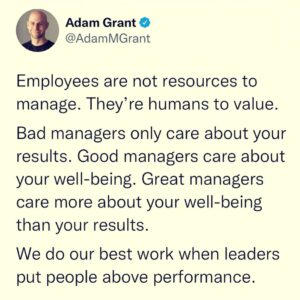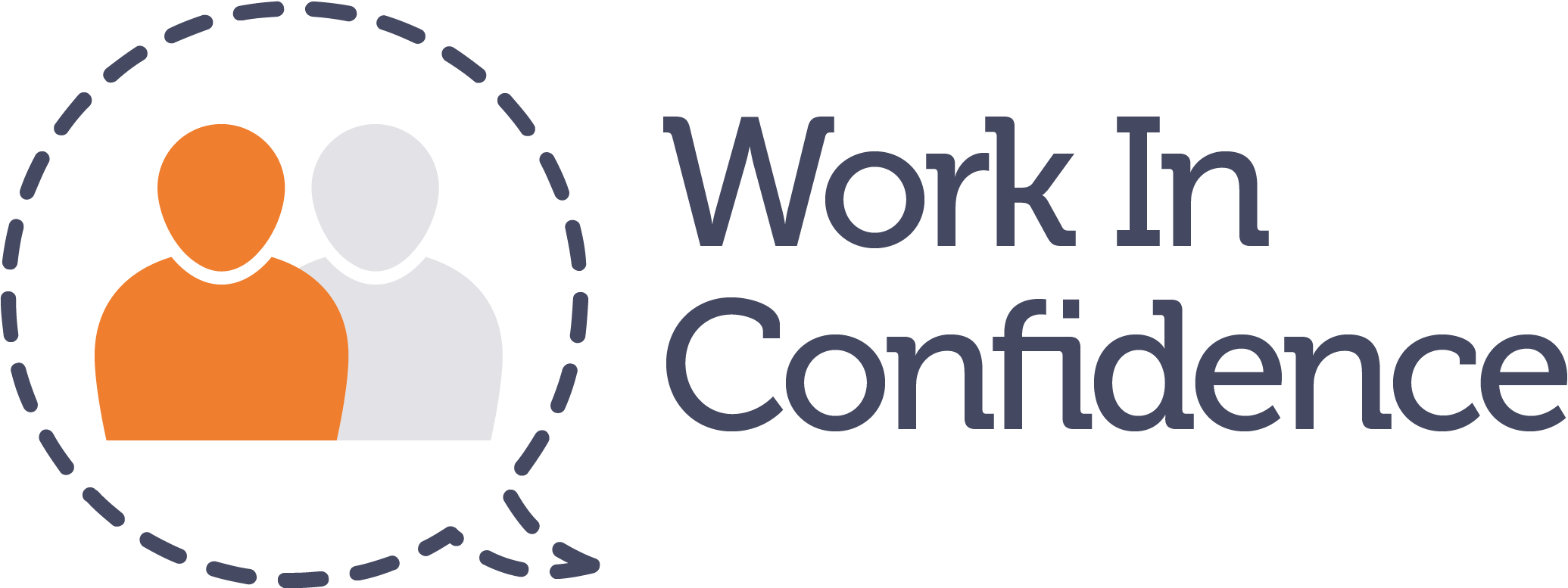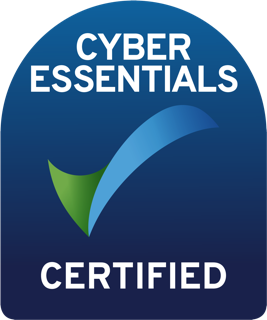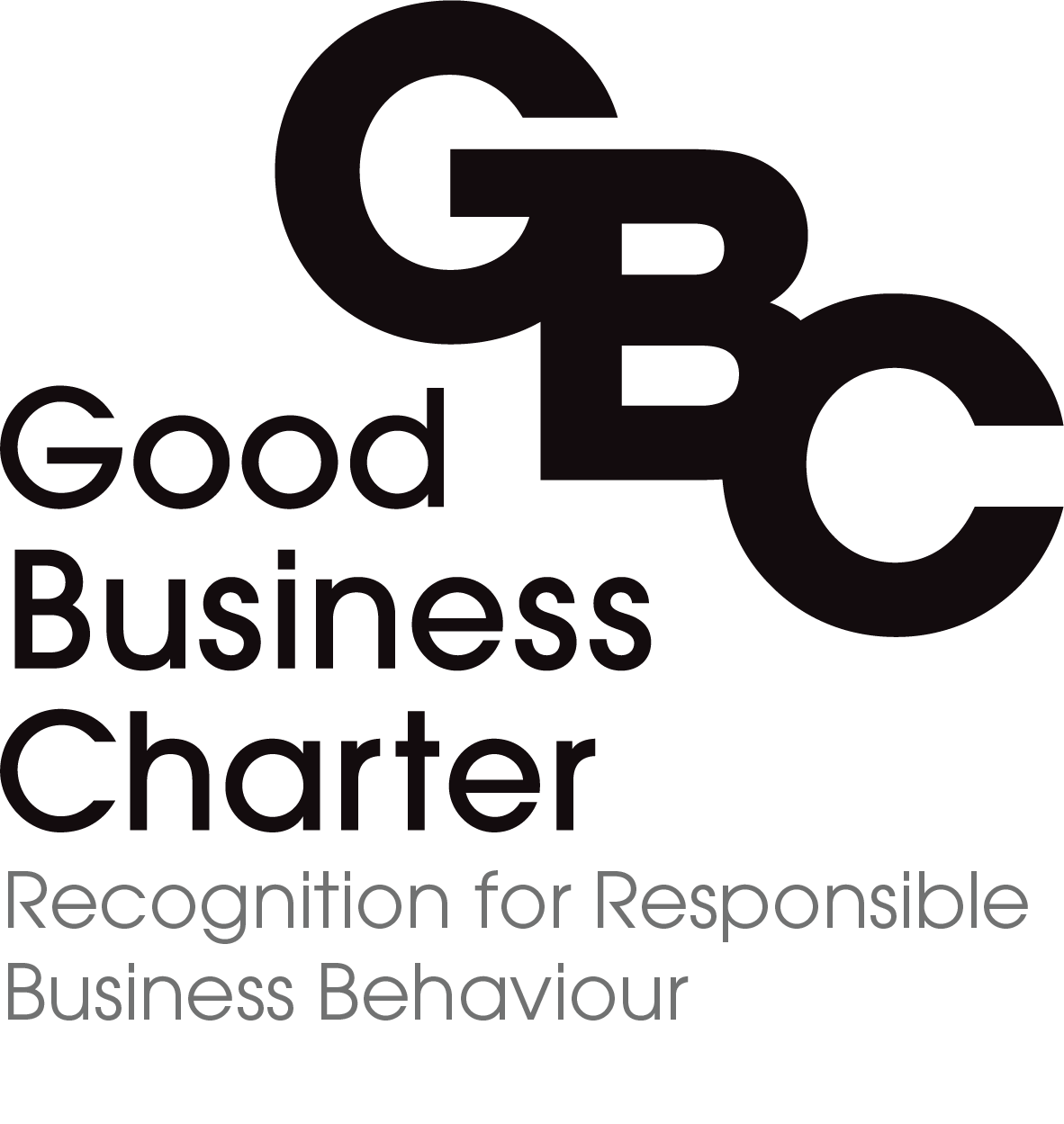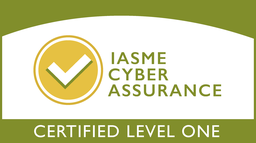Employee monitoring tools and the flexi work “catch 22”
With all the freedom that work remote work offers, the increased presence of “bossware” is raising employees’ hackles not only around the concept of whether flexi-hours are really flexi, but also an employee’s right to privacy.
It is undoubtable that flexi-hours improve work conditions for a large sector of the workforce, and have, in many ways, increased productivity and output. Unfortunately the flexi-hours trend as brought with it an increasing prevalence of employee monitoring systems and software that track employee productivity. The results of these tools are now even becoming a yardstick in annual performance reviews and other measurements. Naturally this raises concerns over an employee’s right to privacy.
Keystroke logging, spontaneous screenshots, and an instance that employees engage on-camera is giving many the feeling that there’s a distinct level of distrust, and lack of privacy. Despite the freedom offered to them under the guise of flexible working, has become overbearing.
We were doing so well, so where did it go wrong?
We’re at an impasse. Remote work has provided many more opportunities for employees to take the personal time – schedule dependent – to define the working hours that suit them. In the majority of cases, organisations enjoy greater productivity and outputs.
In a recent Gartner 2021 Digital Worker Experience Survey, 43% of respondents said that flexible working hours helped them achieve more productivity, and 30% of those surveyed said that less or no time commuting allowed them to be more productive.
However, the downside is the lack of set working hours and a general uncertainty of when it’s okay to engage. The notion that employees are being watched leads to mental health challenges, some level of employee disengagement, but most critically, its leads to elevated levels of burnout.
We are becoming so fixated on trying to prove that we’re worthy of flexi-hours that we are killing ourselves doing it. Knowing that an employer is adding monitoring tools is adding tinder to the fire
So, while there are many benefits to remote work, the introduction of employee monitoring tools, and the factors mentioned above are resulting in increased levels of disengagement and distrust, and nowadays higher staff turnover rates.
The remote working Catch 22
It is a Catch 22 that is coming to a head and there is no easy way to deal with it, nor do we have enough space in this blog to address all aspects of such a multi-faceted problem. So, let’s get back to basics.
The simplest way is to avoid technological solutions that are intended to spy on employees and go back to the foundations of a good working relationship: discussions and regular engagement.
Despite the rush to – and acceptance of – more isolated work from home scenarios, humans are social creatures who thrive on social connection; they seek a tribe to belong to and are happiest when they feel they are part of a community. Many of these aspects have been lost together with the requirements to interact with each other in a workplace environment, yet they remain one of the most powerful and cost-effective methods of keeping employees engaged, productive and committed to the organisation.
Provide a platform for employees to speak up, and for you to listen
Be available to listen, find a solution that meet your employee’s needs. There are several technology-based solutions more adept to connecting with your staff and providing a platform for them to offer input, advice, and feedback. Nine times out of ten this is going to be more effective at understanding employee temperature, productivity and engagement than employee monitoring tools. Plus, these tools respect the employees’ rights to privacy and provides the employer with an actionable plan to address feedback.
An organisation’s best work is achieved when it puts people above performance. Because the workforce is committed to achieving the company goals, not side-tracked by lucrative new opportunities, or disengaged to the point of zero-commitment.
For all the freedom that technology has given us, has it become our captor? Remote work has removed the quick informal check-ins and basic social cues that we derive from body language which provide clues to factors that may be affecting performance. Systems that provide simple monitoring tools may be necessary for some roles but certainly not for all.
This tweet sums up the situation succinctly: “employees are not resources to manage; they are humans of value. Bad managers only care about results, good managers care about your wellbeing, and great managers care more about your well-being than results.”
